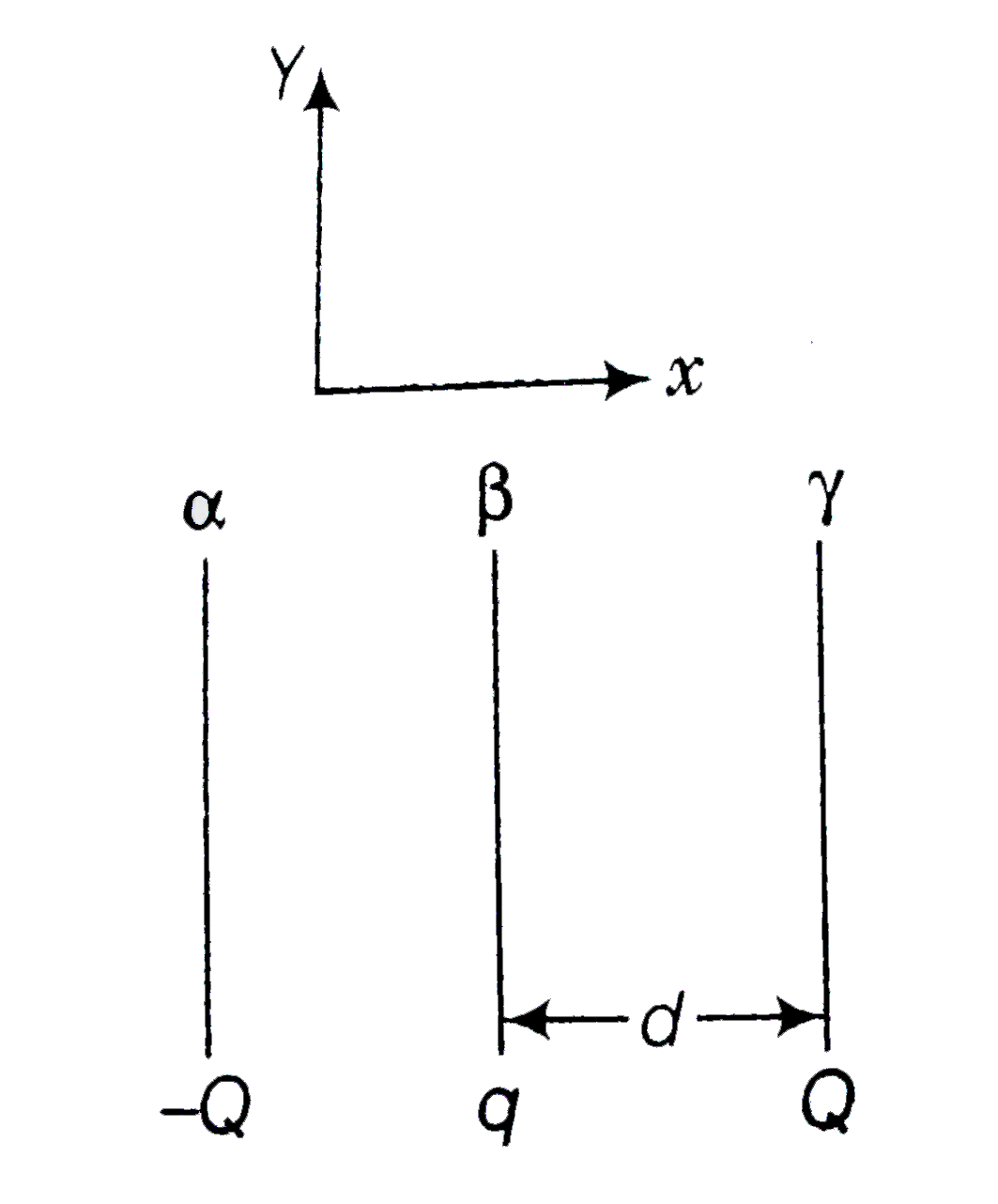The northward drift of the Indo-Australian plate resulted in its collision with the much larger Eurasian plate. Which of the following was the result of this collision?
The Gondwanaland split into a number of plates.
The continents of Europe and Asia were formed.
Sedimentary rocks accumulated in the Tethys geo-syncline were folded.
India and Australia were formed.
The correct Answer is:C
Topper's Solved these Questions
Similar Questions
Knowledge Check
- Question 1 - Select One
Which of the following statement is true for collisions-
AMomentum is conserved in elastic collisions but not in inelastic collisions.BTotal K.E. is conserved in elastic collisions but momentum is not conserved.CTotal K.E. is not conserved in inelastic collisions but momentum is conserved.DTotal K.E. and momentum both are conserved in all types of collisions. - Question 2 - Select One
Which of the following is not a perfectly inelastic collision?
AStriking of two glass ballsBA bullet striking a bag of sand, gets embeddedCVi electron captured by a protonDA man jumping onto a moving cart - Question 3 - Select One
Which of the following is NOT an example of inelastic collision?
AA meteorite collides head-on on the earth.BLump of mud thrown on the wall sticks to the wall.CA ball allowed to fall on hard surface, does not bounce to original height.DThe gas molecules in the container strikes the wall of the container.
Two fixed, identical conducting plates (αandβ), each of surface area S are charged to -Q and q, respectively, where Q > q > 0. A third identical plate (γ), free to move is located on the other side of the plate with charge Q at a distance d (figure). The third plate is released and collides with the plate β. Assume the collision is elastic and the time of collision is sufficient to redistribute charge amongst βandγ.
(a) Find the electric field acting on the plate γ before collision.
(b) Find the charges on βandγ after the collision.
(c) Find the velocity of the plate γ after the collision and at a distance d from the plate β.
 View Solution
View SolutionTwo fixed, identical conducting plates (αandβ), each of surface area S are charged to −Qandq, respectively, where Q>q>0. A third indentical plate (γ), free to move is located on the other side of the plate with charge q at a distance d, fig. The third plate is released and collidies with the plate β. Assume the collsion is electric and the time of collision is sufficient to redistribute charge amongst βandγ.
(a) Find the electric field acting on the plate γ before collision.
(b) Find the charge on βandγ after the collision.
(c) Find the velocity of the plate γ after the collision and at a distance d from the plate β.
 View Solution
View SolutionWhich of the following is not a perfectly inelastic collision ?
View SolutionWhich of the following is not a perfectly inelastic collision
View SolutionWhich of the following is not conservated in an inelestic collision ?
View Solution

